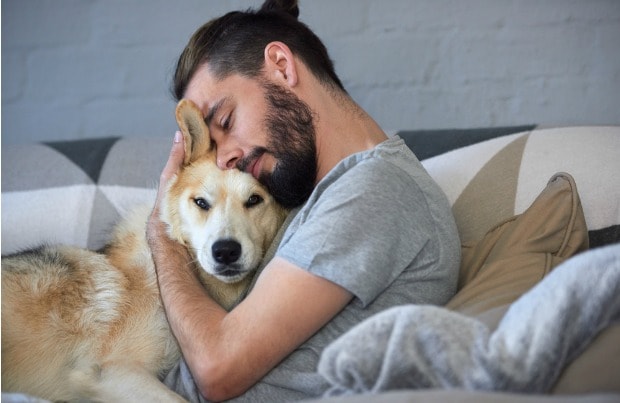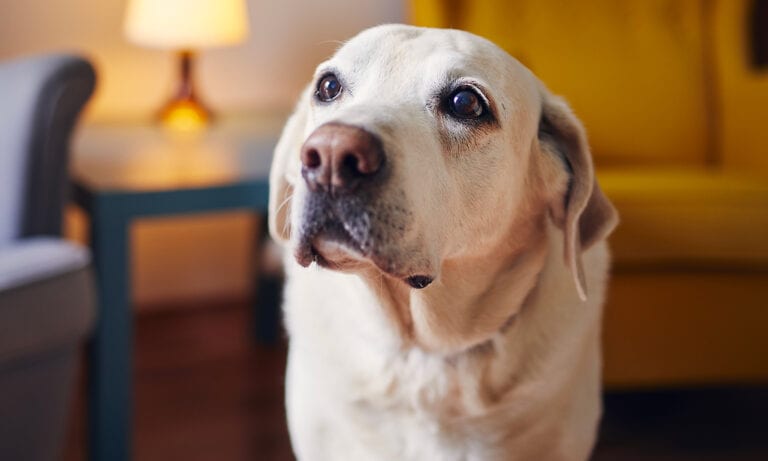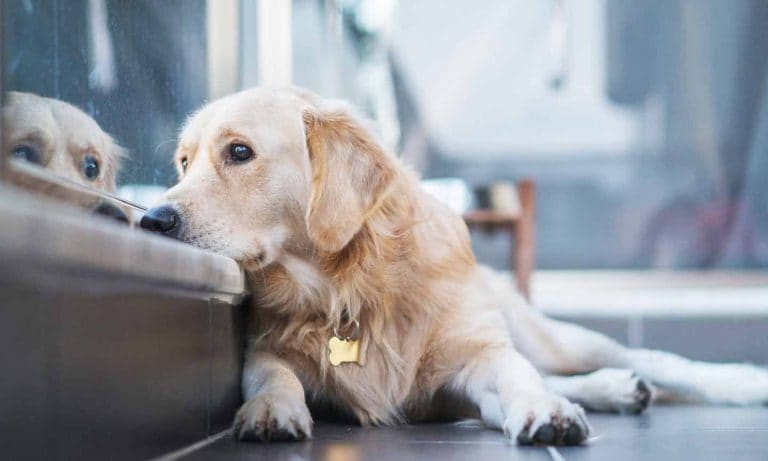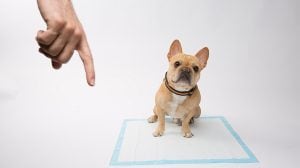Is there anything more heart-warming than your dog’s excitement when you get home from a long day at the office? Your furry little friend going absolutely crazy at the sight of you—jumping on you, slobbering everywhere? It’s love in its purest form and deserves to be reciprocated.
While you might be tempted to wrap your arms around your dog in a warm embrace, that in fact might be the last thing your dog wants from you.
Dr. Stanley Coren is a professor emeritus of psychology at University of British Columbia in Vancouver and the author of “Gods, Ghosts, and Black Dogs.” Recently, he and a group of graduate students noted overwhelming visual evidence that supports a theory some other dog behaviorists and researchers have been speaking to for many years: Dogs don’t like to be hugged.
Ultimately, it comes down to their nature. As Coren explains, dogs are “cursorial” animals, meaning their primary instinct when they’re threatened is to run away as fast as they can.
“What we’re doing when we hug them is basically fencing them in with our arms. On some evolutionary level, their mind tells them ‘I can’t get out of Dodge very quickly here.’ That stresses them out,” Coren says.
Coren’s study, which he wrote about in Psychology Today, involved finding pictures of dogs being hugged online and observing the dogs’ stress signals. “It’s very easy to read stress in a photograph of a dog,” Coren says. The signs include breaking off eye contact, slicked-down ears, and yawning.
Of the 250 photographs analyzed by Coren and his team, dogs in 82 percent of them showed visible stress signs. Only 8 percent seemed to be happy while being hugged, and 10 percent were neutral or ambiguous.
On some evolutionary level, their mind tells them ‘I can’t get out of Dodge very quickly here.’
Andrea Arden, a dog behaviorist, co-signed the general idea that most dogs do not like being hugged.
“If you take a look at photos and videos and ignore the cute captions to focus on the body language of the dogs,” she says, “you’re likely to get a better sense of how hugs are typically not on most dogs’ lists of their favorite things.” She also adds seeing the whites of the dog’s eyes and lip licking to the list of observable signs of stress that can come out when your dog is being hugged.
Both Arden and Coren agree that it’s easy enough to forget—but also very important to remember—that dogs can’t interpret the social meanings behind our physical actions.
“Intention and perception can be very different,” Arden says. “While we may intend to express love by hugging our dog, they may not perceive this as an enjoyable experience,” which means our love gets lost in translation.
So what are some better ways to express affection to your dog?
“Pet him, cuddle him a little,” Coren says. “Dogs liked being touched, just don’t pen them in.” He also suggests giving them dog treats or speaking to them in a sing-song voice like parents often do with their human children. “Motherese,” he calls it.
Arden adds that not only does the ideal expression of love differ from dog to dog, it also can differ with one dog from situation to situation or moment to moment.
“A dog’s preferences will vary based on the environment and context,” she says. “The best way to express affection to your dog is whatever way your observations tell you is making them feel good.”

John Gilpatrick is a freelance writer who thinks bunnies make the best pets.
Share:









